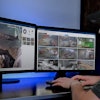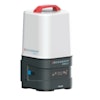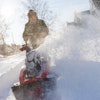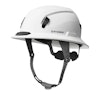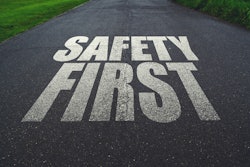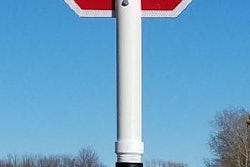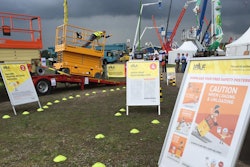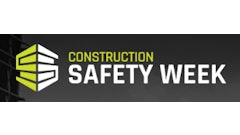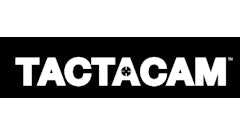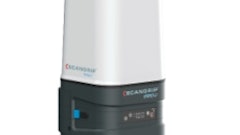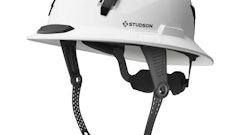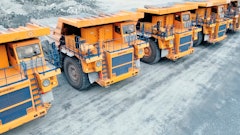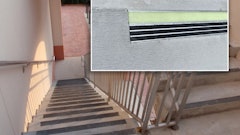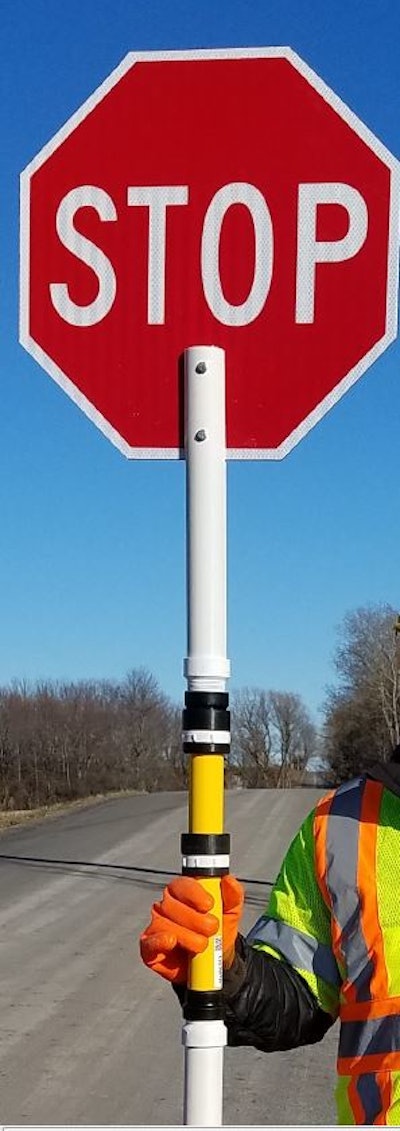
Drivers crashing through a work zone and colliding with a construction crew just trying to do their job is enough to keep all of us in the business up at night. As an industry, we’re working hard each day to educate the traveling public and raise awareness to the huge role they play in worker safety, but it’s still not enough some days.
The pursuit of safety is never ending, but we’re fortunate to live in a time when technology is advancing at a rate that can help combat these mounting risks. We are able to receive and distribute information at a rate never before seen and that’s turning out to be a good thing for the road building industry.
Digital signage along the highway changed the way we communicate information about work zones, but to the travelling public, those have become nothing but white noise that they easily tune out.
“No matter how big or small the job is, you’re going to encounter danger out there,” Ross Sheckler Managing Partner at iCone Connected Technology says. “Unfortunately drivers tune out signage so the challenge has been finding ways to wake drivers up when they are about to encounter a work zone and make them pay attention.”
iCone initially developed the Smart Safety Barrel as a way of communicating work zone traffic data to a central location. This helped with developing and planning for a smart work zone and traffic management, but Sheckler quickly realized this technology could do more to keep workers safe.
“We thought about what we could do to let every driver know exactly where a worker was,” Sheckler says. “We realized we could place sensors around a work zone and create a network center around the work zone.”
The iCone sensors can be placed along the jobsite and via radar sensors, the technology knows where the stopped traffic event starts and ends and can communicate those messages effectively.
“As you reach out to drivers with road side messages and start to inform them there is a work zone ahead, the message needs to be current and relevant, not the same message that’s been up there for five months,” Sheckler says. “When we’re communicating work zone data to signs via the sensor network center, we time stamp the messages so drivers know there is stopped traffic up ahead as of three minutes ago, so we really mean it.
“The sensors can also tell if there is a high-speed vehicle approaching the work zone,” Sheckler adds. “We can take that message and immediately communicate that to the workers via a text message.”
And while that’s a great idea, we workers on the job might be too busy to check these messages. Sheckler says his team has transformed that idea into more realistic radio messages that can be placed inside a flagging pole. Not only are flaggers notified of a high-speed vehicle approaching them, Sheckler has partnered with navigation companies so that the technology is able to communicate directly with the driver.
Connecting to Cars
iCone has partnered with Waze and other navigation companies to find ways to reach into the car and “wake the driver up.”
“By partnering with these companies, we have been able to get that message that tends to get lost on the side of the road into your smartphone or the in-car dashboard system,” Sheckler says. “So if you’re driving along and Waze lets you know there is a hazard ahead, we’re the ones letting you know about that through our connected technology.”
The signals also communicate to the drivers the locations of the sensors. When a flagger is equipped with the iCone flagging baton, drivers can know exactly where that flagger is located when the alert comes through their phone.
The technology has recently expanded to sensors being placed inside safety cones. The Colorado DOT has placed these radios inside traffic cones so that they know the exact layout of the work zone.
“By marking the first and last cone of the work zone with a sensor, drivers are given notifications that say exactly where the work zone starts and ends,” Sheckler says. “The smartphone then communicates to the drivers exactly where the workers are.”
Sheckler says the goal with this technology is to make it affordable for all construction companies to implement.
“We want to make it cost around $1 per day to have these devices in the work zone,” he says. “There is no reason why we should pay someone $20 an hour and not spend $1 a day to tell the world he’s there.”

